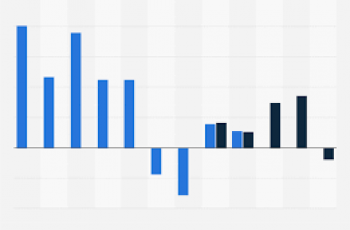What are Retained Earnings?
Before we discuss how to calculate retained earnings(R/E), let us define what it is. Retained earnings are like a running tally of how much profit your company has managed to hold onto since it was founded.
We can also define retained earnings as the profits that a company has earned to date, less any dividends or other distributions paid to investors. The figure is calculated at the end of each accounting period.
Retained earnings are used to fund working capital, to pay off debt or to buy assets such as equipment or real estate.
It is possible for a company to have negative retained earnings. This can be caused by the distribution of a large dividend that exceeds the balance in the retained earnings account, or by the occurrence of large losses.
Factors to be Considered when Interpreting R/E.
- The age of the company. More senior companies will have had more time to amass retained earnings and therefore should typically have a higher retained earning amount.
- A company’s dividend policy: If a business has committed to regularly giving out dividends, it may have lower retained earnings.
- A company’s profitability: The more profitable a company is, the higher its retained earnings will typically be.
- The seasonality of a company: In industries where the business is highly seasonal, such as the retail industry, companies may need to reserve retained earnings during their profitable periods.
Limitations of Retained Earnings,
- For an analyst, the absolute figure of retained earnings during a particular quarter or year may not provide any meaningful insight.
- As an investor, one would like to know much more, such as the returns the retained earnings have generated and if they were better than any alternative investments.
Formula to Calculate R/E.
The retained earnings formula is simple. Suppose you’re preparing the balance sheet for the third quarter. Take the second quarter retained earnings, add the company’s net income for the third quarter, subtract dividends and you’re there.

Dividends are a share of profits and that a company pays out to its shareholders as a reward for putting their money into the venture .
Profit is the positive gain remaining for a business after all costs and expenses have been deducted from total sales.
Example 1:
A mall was opened last month. The retained earnings from last month were $ 1,000,000. This month the total profit made is $ 10,000,000. The amount to be paid to the investors as dividends amounts to $ 500,000. Calculate the cumulative retained earnings as at the end of this month.

Therefore, the retained earnings as at the end of this month is $10,500,000.

